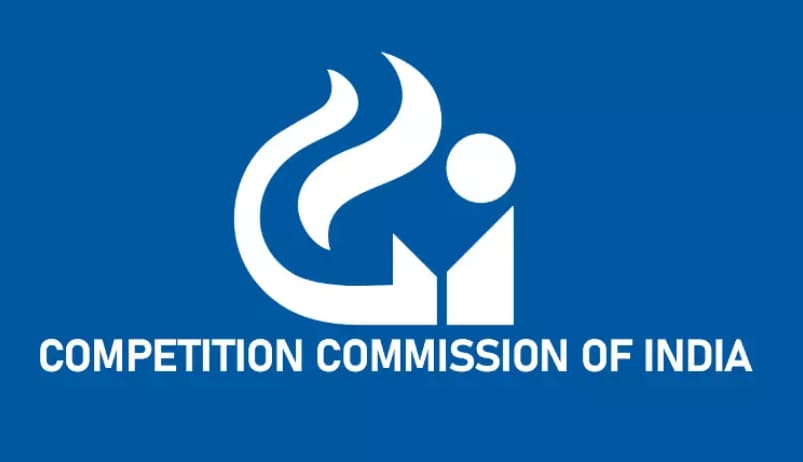Agency News
Why advertising agencies can no longer afford single-sector dependence

As the Competition Commission of India continues a detailed investigation into the multiplex industry’s Virtual Print Fee (VPF) model, PVR Inox has asserted that the fee remains justified, describing it as a long-standing industry norm used to recover “continuous substantial investments” in digital projection systems. He maintained that the CCI’s order is “only a directive for investigation, not a final finding.”
The Competition Commission of India (CCI) has launched a full-scale investigation into multiplex major PVR Inox following allegations of anti-competitive behaviour related to the continued imposition of a Virtual Print Fee (VPF) on film producers — a practice that the industry body claims is outdated in the digital age.
The probe, ordered on September 30, follows a complaint filed by the Film and Television Producers Guild of India (FTPGI), which alleged that the exhibitor continues to charge VPF even though the cost of digital projection infrastructure has already been recovered. The guild argued that the charge, once justified as a transitional expense during the move from physical film prints to digital projection, now imposes an unfair burden on small and mid-sized filmmakers.
The CCI’s prima facie order has directed its Director General to conduct the investigation within 90 days and submit a detailed report. The probe will assess whether the VPF levy violates Sections 3 and 4 of the Competition Act, which prohibit anti-competitive agreements and abuse of dominant market position.
If the investigation finds violations, PVR Inox could face penalties of up to 10% of its average turnover or be directed to discontinue the practice entirely.
While the inquiry has intensified scrutiny over multiplex pricing practices, PVR Inox CFO Gaurav Sharma defended the company’s position during the earnings call, describing the VPF as a legitimate and ongoing industry norm.
“On VPF, on the CCI investigation that you are referring to, currently, we are charging VPF to all film producers and all filmmakers other than Hollywood,” Sharma said. “Hollywood has already seen a sunset globally. There is no VPF charge there. But this is an industry-wide practice — not only PVR Inox but all other cinema exhibition companies are charging VPF to recoup the continuous substantial investments that are made for digital cinema equipment.”
Sharma emphasized that the investigation order was not a final finding, urging caution against premature conclusions.
“As of now, there is no sunset or such discussions (to not charge VPF). It’s an important revenue stream,” he noted. “The CCI order is currently an investigation directive only — it’s not a final finding. At this stage, it will be premature to comment on any specific measures or outcomes. The matter is still under investigation, and we will evaluate appropriate steps if required at the relevant time.”
The FTPGI, however, maintains that global film markets have phased out VPF models following complete digital adoption, arguing that continuing to charge the fee in India distorts competition and disproportionately affects independent producers.
The CCI’s findings are expected to have far-reaching implications for the exhibition sector, which has seen consolidation and increasing dominance by a few large multiplex operators in recent years.
Read More: CCI flags rising competition risks in AI; collusion, data monopoly by big tech under lens
Despite being the original architects of global brands, advertising holding companies are collapsing in market value because they still sell human hours while the world now rewards scalable, self-learning systems.